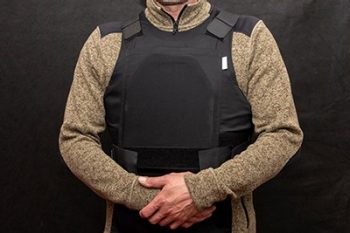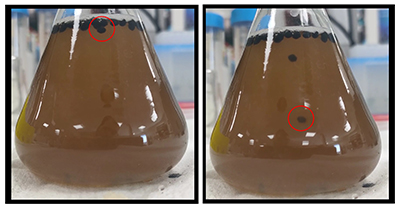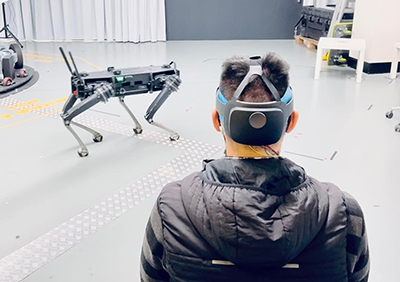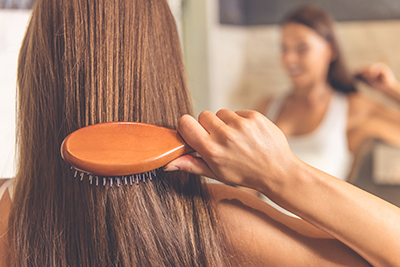FOR IMMEDIATE RELEASE
“Polyacrylate and Carboxylic Multi-Walled Carbon Nanotube-Strengthened Aramid Fabrics as Flexible Puncture-Resistant Composites for Anti-Stabbing Applications”
ACS Applied Nano Materials

Fabrics that resist knife cuts can help prevent injuries and save lives. But a sharp enough knife or a very forceful jab can get through some of these materials. Now, researchers report in ACS Applied Nano Materials that carbon nanotubes and polyacrylate strengthen conventional aramid to produce lightweight, soft fabrics that provide better protection. Applications include anti-stabbing clothing, helmets and insoles, as well as cut-resistant packaging.
Soft body armor is typically made from aramid, ultra-high-molecular-weight polyethylene, or carbon and glass fabrics. Their puncture resistance depends, in part, on the friction between yarn fibers within these materials. Up to a point, greater friction means greater protection. Manufacturers can boost friction by roughening the fiber surfaces, but that requires a complicated process, and product yield is low. Alternatively, the bonding force between yarns can be enhanced by adding another component, such as a sheer thickening fluid (STF) or a polyurethane (PU) coating. But these composite fabrics can’t simultaneously satisfy the requirements for thinness, flexibility and light weight. Ting-Ting Li, Xing-xiang Zhang and colleagues wanted to find another way to improve performance while satisfying these criteria.
The researchers tested a polyacrylate emulsion (PAE), STF and PU as coatings on aramid fabric. In simulated stabbing tests, aramid fabric coated with PAE outperformed the uncoated material used by itself or in combination with STF or PU. Carbon nanotubes are known to make composites tougher, and adding them to aramid/PAE further improved impact resistance. The team says that’s because the nanotubes created bridges between the fibers, thereby increasing friction. The nanotubes also formed a thin, protective network that dispersed stress away from the point of impact and helped prevent fiber disintegration. The new lightweight, flexible, puncture-resistant composite fabric could be useful in military and civilian applications, according to the researchers.
The authors acknowledge funding from the New Materials Research Key Program of Tianjin.
###
The American Chemical Society (ACS) is a nonprofit organization chartered by the U.S. Congress. ACS’ mission is to advance the broader chemistry enterprise and its practitioners for the benefit of Earth and all its people. The Society is a global leader in promoting excellence in science education and providing access to chemistry-related information and research through its multiple research solutions, peer-reviewed journals, scientific conferences, eBooks and weekly news periodical Chemical & Engineering News. ACS journals are among the most cited, most trusted and most read within the scientific literature; however, ACS itself does not conduct chemical research. As a leader in scientific information solutions, its CAS division partners with global innovators to accelerate breakthroughs by curating, connecting and analyzing the world’s scientific knowledge. ACS’ main offices are in Washington, D.C., and Columbus, Ohio.
To automatically receive press releases from the American Chemical Society, contact newsroom@acs.org.
Note: ACS does not conduct research, but publishes and publicizes peer-reviewed scientific studies.








